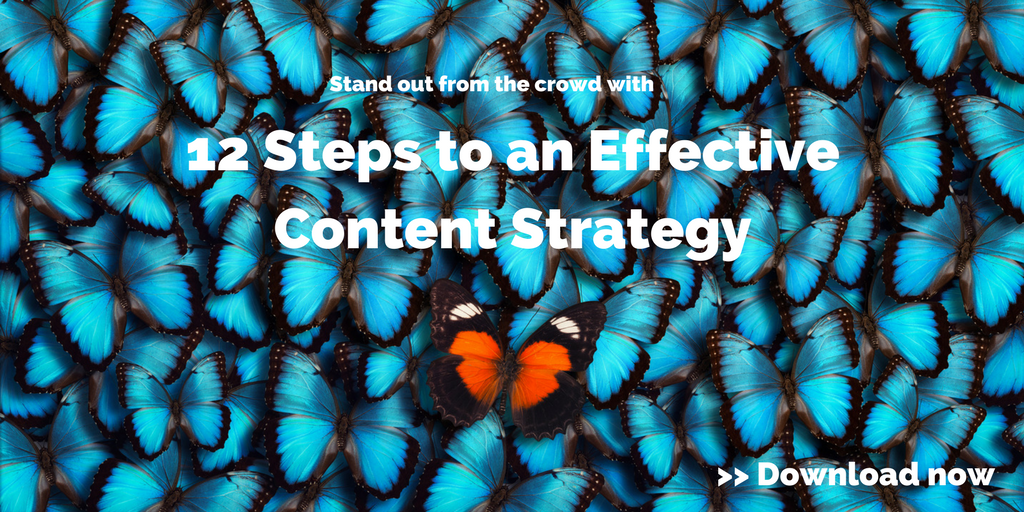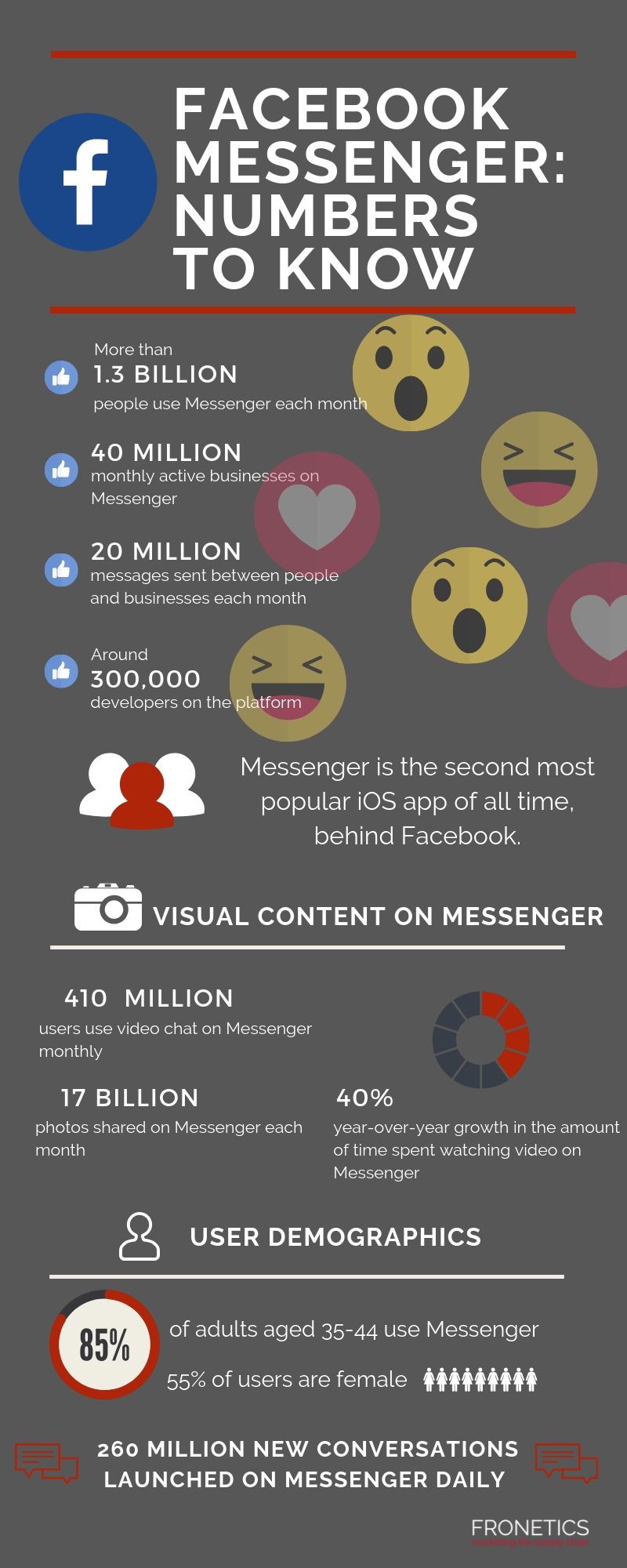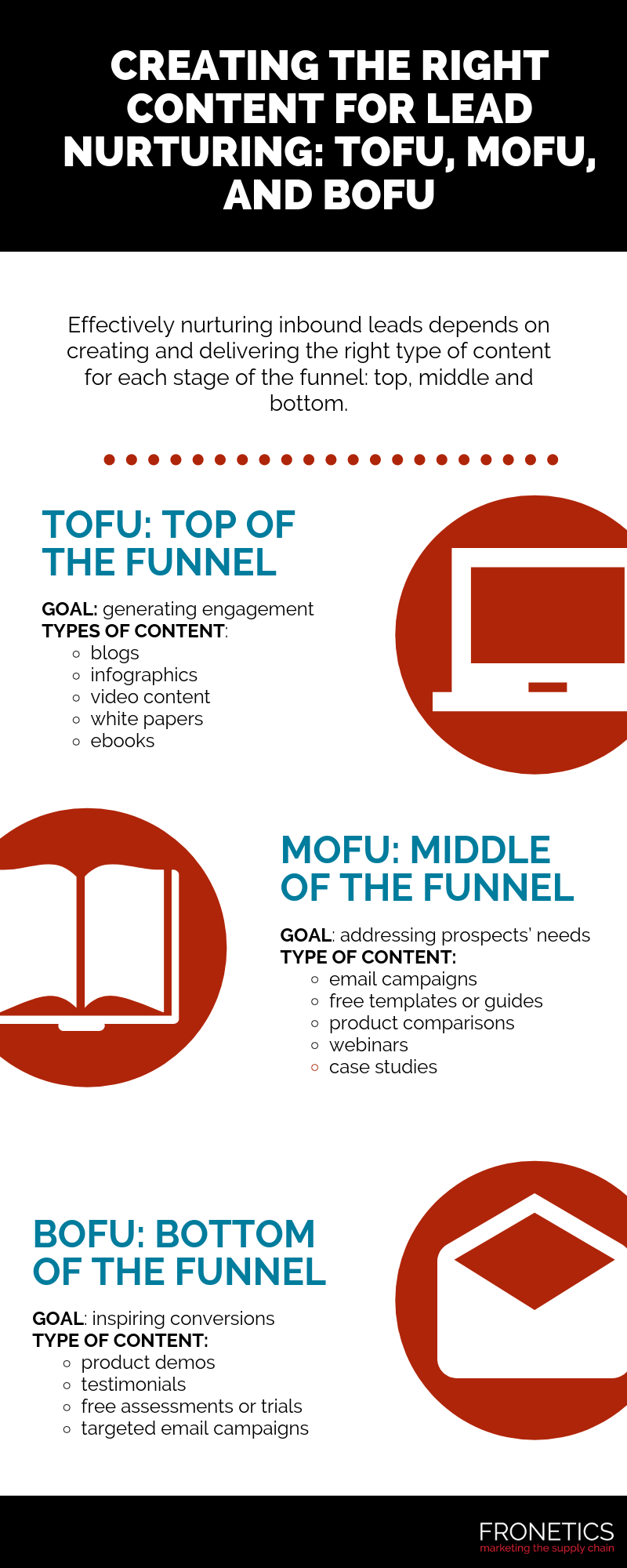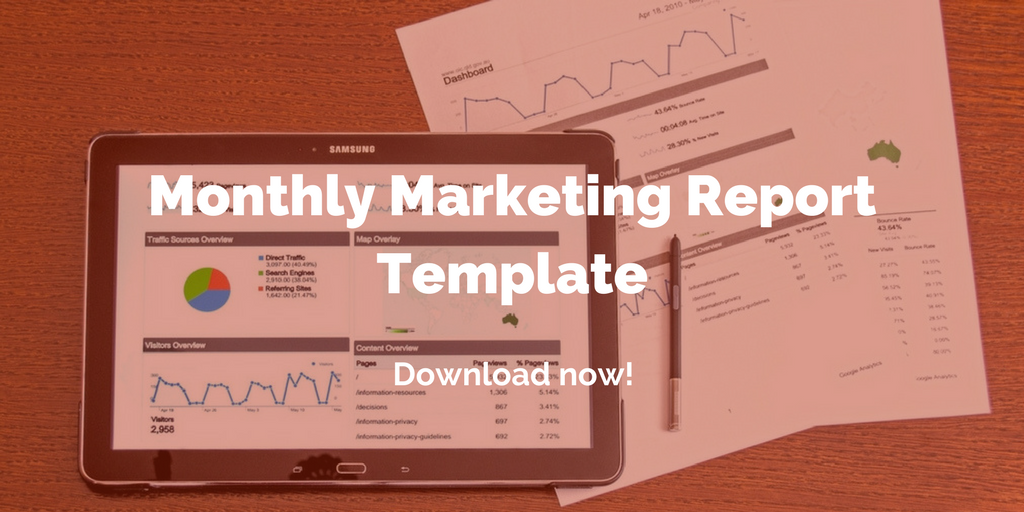
by Fronetics | Jan 2, 2020 | Blog, Current Events, Logistics, Marketing, Social Media, Supply Chain
Knowing how and when to respond to a social media crisis is crucial for reputation management and preventing future issues.
News travels at lightning speed thanks, in large part, to social media. With the ability to amplify news – both good and bad – you hear, almost daily, about brands battling a social media crisis. Look at Facebook, who is still managing the aftermath of the Cambridge Analytica scandal almost two years after the news broke.
When your company suffers from negative reviews on social media, it hurts. A single post can have a direct impact on your bottom line. That’s why it’s crucial for B2B brands to know how and when to respond to online reviews and comments. Here are four ways to help your company manage a social media crisis.
4 steps to managing a social media crisis
1. Establish policy
We recently wrote about the importance of a social media policy, and there’s never a better time to implement one than during a social media crisis (except for maybe before it happens). When you provide employees with guidelines on how to respond to negative feedback online, you minimize the risk of employees guessing the appropriate response. Because speed is critical in these situations, a social media policy allows your team to respond quickly and confidently.
2. Listen
You know customers are talking about your company, but is the tone a positive one? And if it’s not, how are you responding? Social listening gives you the opportunity to take a negative customer-service situation and not only correct the problem, but deescalate a situation from turning into a crisis.
Through consistent social listening, you’ll understand the difference between grumblings and a significant change in sentiment toward your brand. Though no company is perfect, a personalized response to negative comments on social media shows a genuine concern for your customers and an investment in customer satisfaction.
3. Engage
As we’ve said, time is of the essence. A short, initial response on social media is a must, but your brand needs to follow up with more in-depth messaging. Social media thrives on engagement, and responding to a crisis is no different.
Lauren Teague suggests, “Avoid getting pulled into a long discussion of what went wrong. Instead, try to move the conversation to a more personal channel, like private messaging. You could also offer a phone number, email address, or other means of communicating outside of social media.”
4. Learn
Deep breaths. Once you’ve survived a social media crisis, the experience isn’t over. Take the time to meet with your employees and examine what happened, what worked well, and what needs to change in the event another crisis occurs. Learning how to minimize the damage of a social media crisis will only benefit you when future issues arise.
Give your staff the opportunity to share their experience during the crisis. Insight from your different departments can help determine areas in your social media policy that need updating, including how to prevent similar crises in the future.
Has your company experienced a social media crisis? How did you put out the fire?
Related posts:


by Fronetics | Oct 24, 2019 | Blog, Marketing, Social Media
Facebook Messenger is the latest trend in chatbots for the supply chain. Here are powerful numbers to prove why your brand needs to be active on the messaging platform.
Patience is a virtue of the past. Today’s buyers want (and expect) marketers to actively engage with them throughout the purchasing journey. And offering them generic information won’t work — they want personalized communications based on who they are, what they have purchased in the past, and what they are interested in buying. Businesses can no longer afford a one-size-fits-all communication strategy.
The focus has shifted from passive marketing to engagement, which has marketers scrambling to be everywhere, at all times, to ensure a positive customer experience. In response, we’ve seen an increase in chatbot usage in the supply chain and logistics industries. Chatbots help improve the customer experience through automated systems that emulate human conversation.
Chatbots rely on the popularity of messaging apps. And, luckily for marketers, messaging app usage is on the rise:
- There were 2.18 billion messaging app users globally in 2019. (Statista)
- At the end of 2018, 78% of the world’s smartphone users were messaging every month. (Facebook)
- By 2021, it’s predicted that the global user base for mobile messaging apps will have risen by a further 23%. (Facebook)
- People share more than 17 billion photos on messaging apps every month. (Mobile Monkey)
And though WhatsApp has the highest percentage of users worldwide, Facebook Messenger has taken over as the most popular messaging app in the U.S. With over 1.3 billion monthly users, this powerful messaging platform holds a lot of potential for marketers.
Even though marketers know that Facebook Messenger is a platform they can no longer ignore, supply chain and logistics brands have been slower to jump on board. But if you’re questioning if you should be using Facebook Messenger to engage with audiences, the answer is yes.
Supply chain businesses can use this platform to deliver content, engage with customers one on one, and offer superior personalized customer service, all of which result in high-quality relationships and leads.
Here are some staggering numbers to back up our point.

(Made with Canva)
Final thoughts
What was once thought of a teen social app, Facebook Messenger is now dominating the business world with increasing popularity and no sign of slowing down. In fact, we as a brand have found huge success using Messenger to engage with new leads. In the first 24 hours of using the platform, we were able to set up a meeting with a new prospect. That was just in the first 24 hours. This prospect turned out to be our next client, and the initial connection was all made through Facebook Messenger.
Related posts:


by Fronetics | Sep 11, 2019 | Blog, Content Marketing, Marketing, Strategy
Ushering qualified leads through the sales funnel requires the right kind of content at the right time. Here’s what kind of content you need for ToFu, MoFu, and BoFu.
Highlights:
- ToFu, MoFu, and BoFu are abreviations for top of funnel, middle of funnel, and bottom of funnel, respectively.
- ToFu content should be geared toward audience engagement and getting contact information – not converting.
- MoFu stage content should establish that your business can address a prospect’s specific needs.
Consider this statistic: 50% of qualified B2B leads aren’t ready to make a purchase when they initially convert. That means that in order to usher prospects effectively through the sales funnel, marketers need to deliver the right content for each stage of the buyer’s journey. That’s where idea of ToFu, MoFu, and BoFu content comes in.
In case you’re wondering, none of these three words refer to soy-based vegetarian snacks. Instead, ToFu, MoFu, and BoFu are marketing portmanteaux, meaning top of funnel, middle of funnel, and bottom of funnel, respectively. Effectively nurturing inbound leads depends on creating and delivering the right type of content for each stage of the funnel.
ToFu, MoFu, and BoFu: a primer
Before we talk about what kind of content to deliver to prospects at each stage of the buyer’s journey, let’s take a closer look at what the terms ToFu, MoFu, and BoFu refer to and what your goals should be at each stage.
ToFu: top of the funnel
At the top of the sales funnel (ToFu), your goal is to draw in a wide audience of prospective leads, increasing brand awareness and customer engagement. This is the awareness stage of the buyer’s journey, and it represents your first impression. Leads at the top of the funnel are getting a sense of what your business does and your brand identity.
For ToFu leads, your goal isn’t conversion but simply to obtain contact information and generate interest. Says Gaetano DiNardi, Director of Demand Generation for Nextiva, ToFu “is where strangers become familiar with your brand for the first time… At this stage of the game, you don’t care about conversions; you care about piquing intrigue.”
MoFu: middle of the funnel
The middle of the funnel (MoFu), is the consideration stage of the buyer’s journey. This can be a tricky and uncertain stage as your leads continue to engage with your brand and learn about your products and services but remain unready to commit to purchase. “MoFu is usually the most complicated funnel stage because of how hard it is to define,” says DiNardi.
Ideally, by the MoFu stage, you should have a clearer idea of who your leads are and what they’re looking for. Your focus should be on continuing to educate your leads and situating your products and services as the solution to the challenges and needs of your prospects.
BoFu: bottom of the funnel
The bottom of the funnel (BoFu) is the decision stage of the buyer’s journey. You’ve established a relationship with your prospect during the MoFu stage, and your lead is now turning to you for specific information about your products and services. It’s at the BoFu stage that leads are ready to make a purchasing decision.
This is the stage when it’s all about conversion. Your goal is to inspire your lead to convert, helping them to realize that your business has the solutions they need. It’s important to note here that your goal is not to “sell,” but rather to make sure your leads know that you’re there to help.

(Made with Canva)
Optimizing ToFu, MoFu, and BoFu content for lead nurturing
Once you have a clear idea of the stages of the sales funnel and your goals for each, it’s time to consider the right types of content to ensure that prospects receive exactly the right message for each step of the buyer’s journey.
ToFu content: generating engagement
At the top of the sales funnel, where your goal is to engage your audience and collect contact information from qualified prospects, your content needs to educate leads and establish thought leadership. ToFu content shouldn’t pressure your audience to make a purchase, but instead should be geared toward providing information that speaks to needs, challenges, and questions common to your target audience.
According to Coralie Wood, Director of Demand Generation at LoginRadius, “Top-of-funnel content needs to be much more digestible and informative to ensure you are positioned as a thought leader.”
Some types of content that work particularly well for the ToFu stage:
- Blog posts
- Infographics
- Video content
- Whitepapers
- eBooks
MoFu content: addressing prospects’ needs
At this challenging middle stage, your content should begin to establish your business as the solution to a prospect’s specific needs and challenges. This is the consideration stage, and your lead is in the process of evaluating all available information to prepare to make a purchasing decision. Developing the relationship requires that your content be highly informative about how your business is ready to meet your prospect’s needs.
Because of the “wide net of interested leads who haven’t been fully qualified,” says DiNardi, “if you are too shameless about plugging your products or services, you’ll come across as pushy and likely to turn off buyers.” Instead, he suggests being “helpful and knowledgeable, while guiding your prospects into the right decision.”
Effective content types for the MoFu stage include:
- Email campaigns
- Free templates or guides
- Product-to-product comparisons
- Webinars
- Case studies
BoFu content: inspiring conversions
Now that your ToFu and MoFu content have attracted and nurtured a qualified lead, it’s time for your BoFu content to convince your lead to convert. It’s the closing stage of the buyer’s journey, which means marketers should be directing prospective buyers toward content that sells. This type of content is about cementing a decision and helping your leads recognize that your business has the right solutions.
“It’s important to note here that BoFu content can also lead directly into validation. This starts to cross the line from traditional content marketing to things like product marketing and customer testimonials,” says Mike Baker, marketing director at Lola.com. “As you work closer to the bottom-of-the-marketing funnel, your content should shift from purely educational to a more consultative, product-focused and a ‘show-don’t -ell’ style of marketing.”
BoFu content types geared to inspiring conversions include:
- Product demos
- Case studies and testimonials
- Free assessments or trials
- Targeted email campaigns
Related posts:


by Fronetics | Aug 27, 2019 | Blog, Content Marketing, Current Events, Marketing, Social Media
Social media growth slowed for the first time, but marketers are still set to increase budgets in 2020. Here are three reason why they’re sticking with social.
Highlights:
- Social media promotes engagement, and can be used to reinforce ads and boost their performance.
- Brands can continually test campaigns on their platform, get immediate results, and scale successful outcomes.
- As followers like posts and engage with them, they help marketers build customer profiles and increase organic reach through shares and comments.
Video transcript:
Hi, I’m Elizabeth Hines, Creative Director at Fronetics, and today’s topic is 3 reasons why digital marketers are sticking with social.
Digital marketers have been using social media to deepen customer relationships and drive measurable business value. And social media investment remains high. If fact experts predict spending on social media marketing will increase over the next five years. But social media is not delivering on the goods. In fact, social media growth slowed for the first time this year since it started.
So why are digital marketers sticking with social?
1. Engagement
Traditional marketing methods have inundated the market. Consumers are exposed to 4,000 to 10,000 ads a day, most of which flash on a screen as an inherently passive activity. Social media, however, promotes engagement, and can be used to reinforce ads and boost their performance. Consistently publishing to your social media channels results in your brand remaining top of mind when a potential buyer is looking for your product or services and gives you accessibility to engage with audiences that are interacting with your social posts.
2. Cost
Marketers’ goal is always to capture leads and connect directly with prospects. Social media is a platform that companies can control at a relatively low-cost to operate. Brands can continually test campaigns on their platform, get immediate results, and scale successful outcomes. Whether it’s to network with industry professionals, provide customer service, or influence potential customers, social media provides a free, easily accessible way to do so. And more and more customers are expecting to be able to communicate on social media.
3. Mobile
The future of customer engagement is mobile. Social media, with its visual content and short text, is ideally suited for mobile engagement. Prospects engage with social media throughout the day due to its short-form nature, making it more likely you can connect with them. As they like posts and engage with them, they help marketers build customer profiles and increase organic reach through shares and comments.
For more information, please visit our website at fronetics.com.
Related posts:


by Fronetics | Jul 23, 2019 | Blog, Marketing, Social Media, Video Marketing
Videos drive greater conversion rates and increased leads. Here are four takeaways from Vidyard’s 2019 State of Video in Business Report.
Highlights:
- Over 82% of businesses reported greater investments in video last year
- Vidyard’s report stated that high-value video content has become a key factor in SEO and ranking.
- Aside from just tracking views, businesses will also track engagement time, drop-off rates, and reach across all channels, as well as the impact of video on lead generation and revenue.
Video Transcript:
Hi I’m Christy LeMire, the Director of Video Strategy at Fronetics, and today I’ll be sharing 4 takeaways from Vidyard’s 2019 State of Video in Business Report.
This report confirmed what us digital marketers already know, video is everywhere. Over 82% of businesses reported greater investments in video last year and it’s no surprise why. Videos drive more sharing, produce greater conversion rates and increase leads.
Here are the 4 key takeaways from the 2019 State of Video in Business Report
-
Video isn’t just for social media
Though Facebook and Snapchat saw over 8 billion video views every day on their platforms, video didn’t stop with social media. Video took center stage in digital marketing and brand awareness. Vidyard’s report stated that high-value video content has become a key factor in SEO and ranking. This trend will continue to grow as marketers begin using video for frequently asked questions and explanations of complex and intricate business details.
-
Short and sweet videos
Marketers used to create highly produced promotional videos for their websites and blogs. But now marketers are focusing on conversational and educational videos created specifically for social media. These casual videos give followers timely updates on industry trends, a behind the scenes look at projects, and interviews with clients and colleagues. The transparency created in these videos brings personality to your business. Marketers will continue to create video for social media, their blog and YouTube channels, resulting in a spike in short-form content like snackable video series.
-
Video experiences focus on engagement
New approaches to video—including series-based content, video podcasts, interactive video, and personalized video—are helping marketers boost engagement and expand audiences. Experts predict we’ll see these new approaches gain more traction as the tools to create them become more user-friendly and best practices become more widely understood.
-
Expanation of video analytics
As video has expanded, so have the needs of video analytics. Businesses will start making use of analytics tools to track video metrics that align with their digital marketing strategy. Aside from just tracking views, businesses will also track engagement time, drop-off rates, and reach across all channels, as well as the impact of video on lead generation and revenue. With more detailed reporting, businesses will see more efficiency and a higher ROI from their video content.
Check out the full report on our blog and find more digital marketing tips on our website at Fronetics.com.
Related posts:










